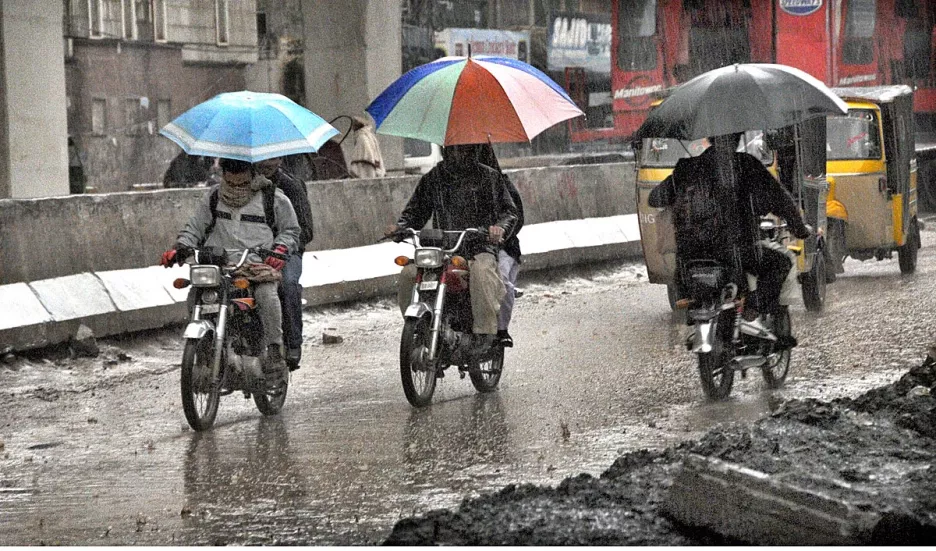Power shortfall again hits 6,439 MWs
Electricity outages of six-eight hours in cities and 10-12 hours in rural areas being witnessed

The electricity shortfall across the country has again reached 6,439 megawatts, causing power outages of six to eight hours in cities and 10 to 12 hours in rural areas.
Despite more than normal rains in the country, the required production of electricity could not be achieved. The total production of electricity in the country is 18,461MWs while the total demand stands at 24,900MWs. According to Power Division sources, 7,500MWs of electricity was being generated from private sector power plants.
They added that 6,700MWs of electricity was being produced from hydropower sources.
Similarly, 2,425MWs of electricity is being generated from nuclear fuel. The government thermal plants, wind power, and solar sources are producing 830MWs, 786MWs, and 145MWs of electricity, respectively.
Last month, the government’s inability to resolve the continuing electricity crisis had led to some ministers and top bureaucrats reportedly being rebuked by PM Shehbaz, as he questioned why several power generation plants had been closed or operating below capacity during the blistering summer months.
The premier had also demanded a report detailing any other reasons for the power outages, which have also had knock-on effects on agriculture and drinking water supply, apart from commercial and industrial activity.
The electricity shortfall in the country currently lowered to 4,848MWs after PM Shehbaz had some of the closed power plants reopened, but apparently it is back to square one again. Some of these problems are already well known — poor decision-making by the previous government, the falling value of the local currency, fuel supply problems, and the impact of power theft and line losses caused by corruption and mismanagement.
But the fact is that the people have been living with these problems, with varying degrees of intensity, for most of their lives, yet the situation never looked as bad as it does now. Unfortunately, the proposed solutions for the increased intensity of problems have lacked a corresponding degree of intensity.
A broader and newer problem in the government’s power plans is the focus on setting up new solar plants. While many parts of Pakistan do have the right conditions for this environment-friendly initiative, the high costs of setting up such plants are not something the country can afford at the moment. Those costs also explain why solar only represents 0.5% of total power output at the moment.
While some detractors remain critical of the plan to import more coal for power plants, the fact is that it is probably the best and cheapest short-term fix – especially when imported from neighbouring Afghanistan, as claimed. Pakistan’s coal consumption is minuscule in global terms, as is the country’s contribution to climate change.
As for domestic air quality, the country can worry about clean air when it solves the problems caused by lack of electricity – the problems ranging from illnesses and deaths resulting from the extreme heat and suffering due to job losses as industries are forced to close due to unavailability of electricity in the required amount.



















COMMENTS
Comments are moderated and generally will be posted if they are on-topic and not abusive.
For more information, please see our Comments FAQ